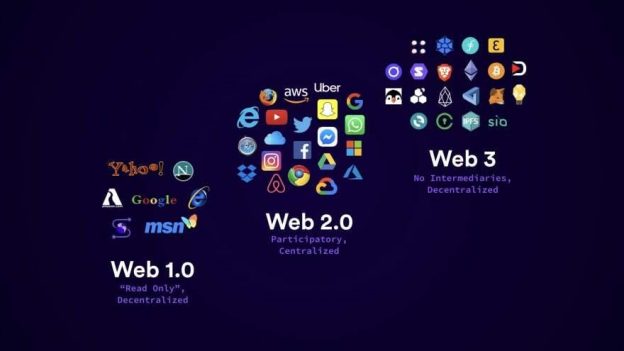Web 3.0, also known as the Semantic Web, is the next generation of the World Wide Web. It is designed to be more intelligent, more connected, and more efficient than its predecessor, Web 2.0. Web 3.0 aims to enable machines to better understand the meaning and context of the information they encounter on the web, creating a more intuitive and personalized experience for users.
Some of the key features of Web 3.0 include:
- Artificial Intelligence: Web 3.0 will integrate artificial intelligence technologies, such as machine learning and natural language processing, to enhance the way users interact with the web.
- Semantic Web: Web 3.0 will use the semantic web to enable machines to better understand the meaning and context of the information on the web.
- Decentralization: Web 3.0 will leverage blockchain technology to create a more decentralized and secure web.
- Personalization: Web 3.0 will enable a more personalized web experience, tailoring information and services to individual users based on their preferences and behavior.
- Enhanced User Experience: Web 3.0 will provide a more intuitive and immersive user experience, leveraging technologies like virtual and augmented reality.
Examples of Web 3.0 technologies include blockchain-based platforms like Ethereum, artificial intelligence-based assistants like Siri and Alexa, and augmented reality applications like Pokemon Go.
Pros and Cons of Web 3.0 are:
Web 3.0 has several potential advantages and disadvantages. Here are some of the most significant pros and cons:
Web 3.0 Advantages:
- Improved User Experience: Web 3.0 technologies, such as virtual and augmented reality, will create more immersive and engaging user experiences.
- Personalization: Web 3.0 will enable a more personalized web experience, tailoring information and services to individual users based on their preferences and behavior.
- Decentralization: Web 3.0 will use blockchain technology to create a more decentralized and secure web, reducing the need for intermediaries and enhancing privacy.
- Enhanced Automation: Web 3.0 technologies like artificial intelligence and machine learning will increase automation and efficiency, saving time and reducing errors.
- Better Data Management: Web 3.0 will use the semantic web to enable machines to better understand the meaning and context of the information on the web, improving data management and accuracy.
Also: Pros and Cons of Web 2.0
Web 3.0 Disadvantages:
- Technical Complexity: Web 3.0 technologies are complex and may require specialized knowledge to develop and use effectively.
- Implementation Challenges: The implementation of Web 3.0 technologies, such as blockchain, may face regulatory and legal challenges that could slow their adoption.
- High Costs: Web 3.0 technologies, such as virtual and augmented reality, may require expensive hardware and software to develop and use.
- Privacy Concerns: While Web 3.0 aims to enhance privacy, it may also create new privacy concerns, particularly in regards to data management and ownership.
- Dependence: As with any technology, there is a risk of becoming too dependent on Web 3.0, leading to potential consequences in the event of failure or disruption.
Overall, Web 3.0 has the potential to revolutionize the way we interact with information and each other online. However, it also presents significant challenges that must be addressed to achieve its full potential.
